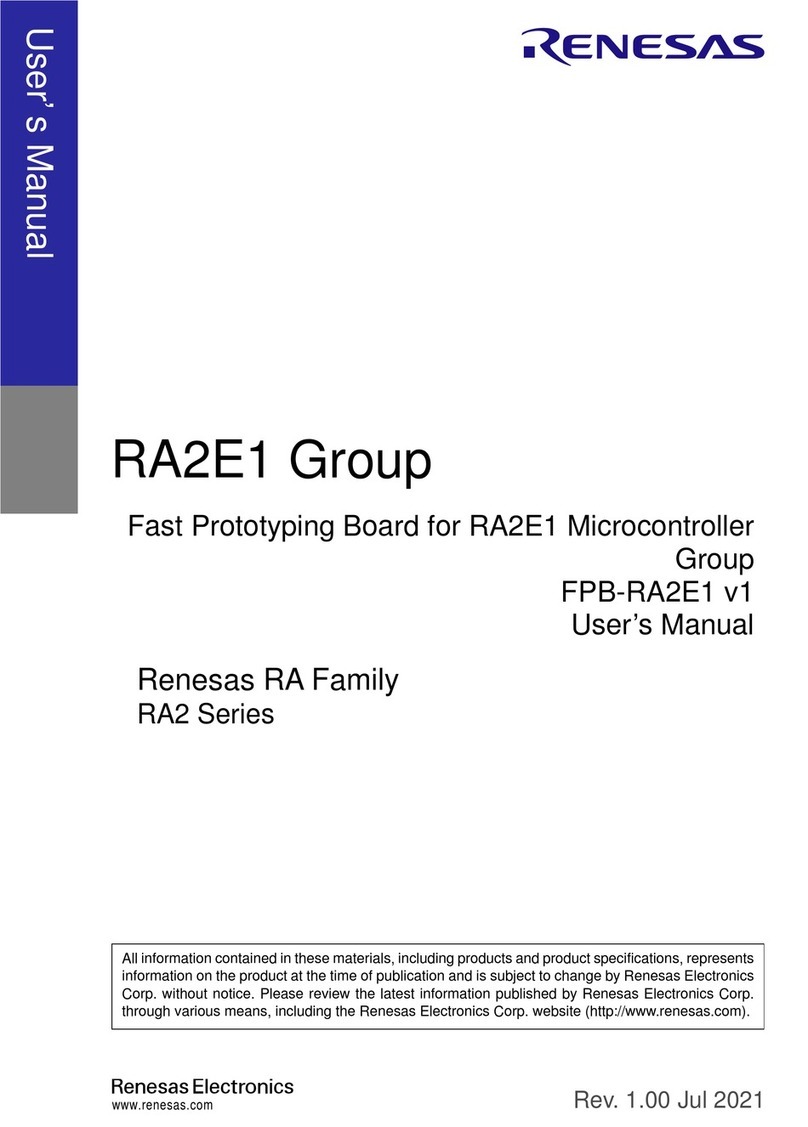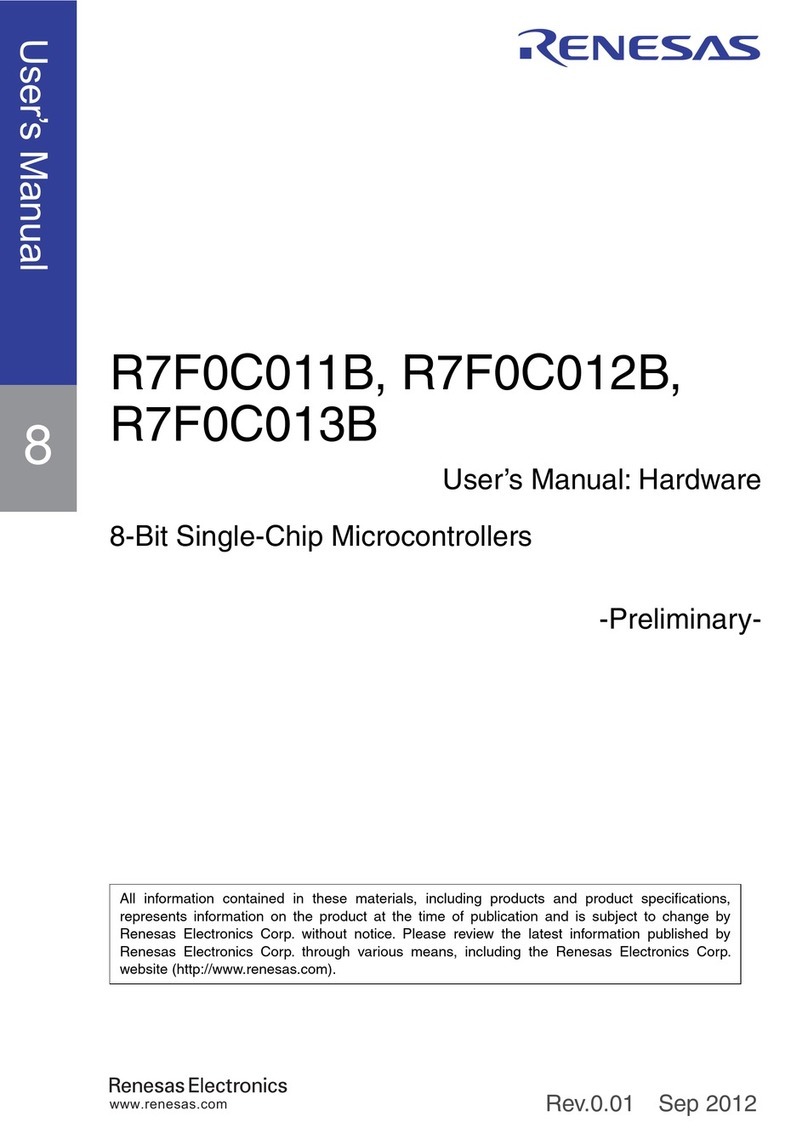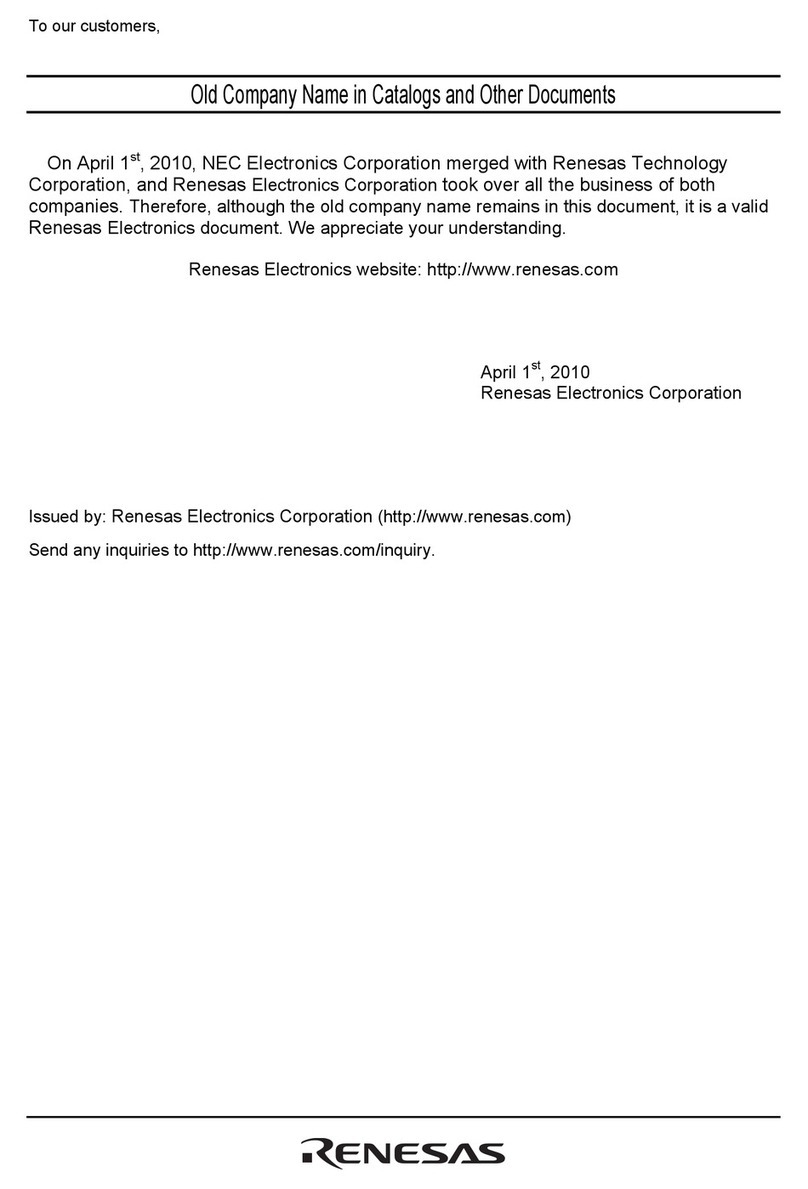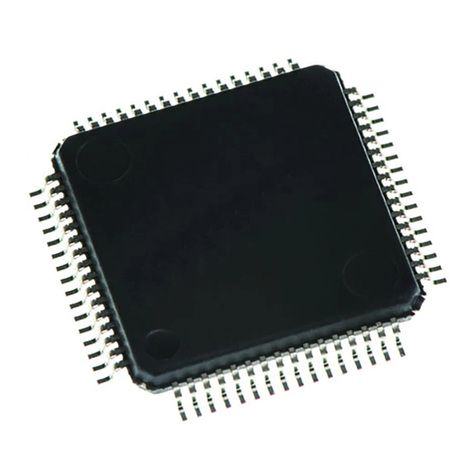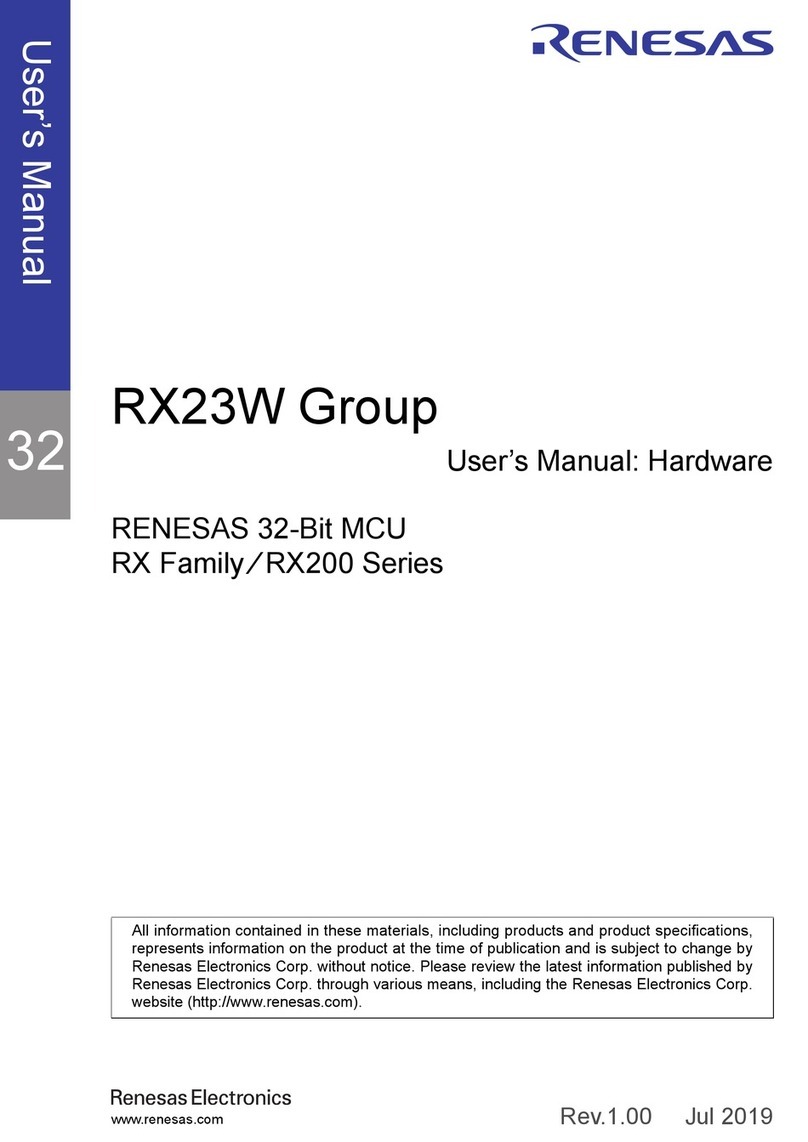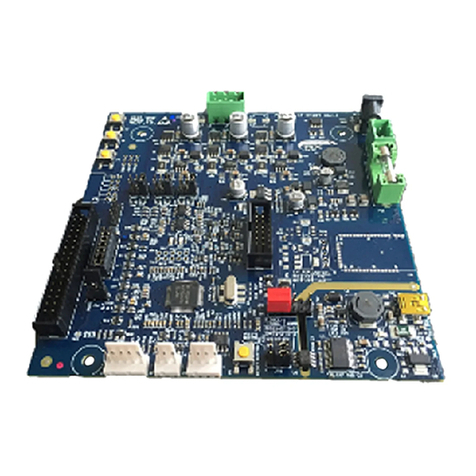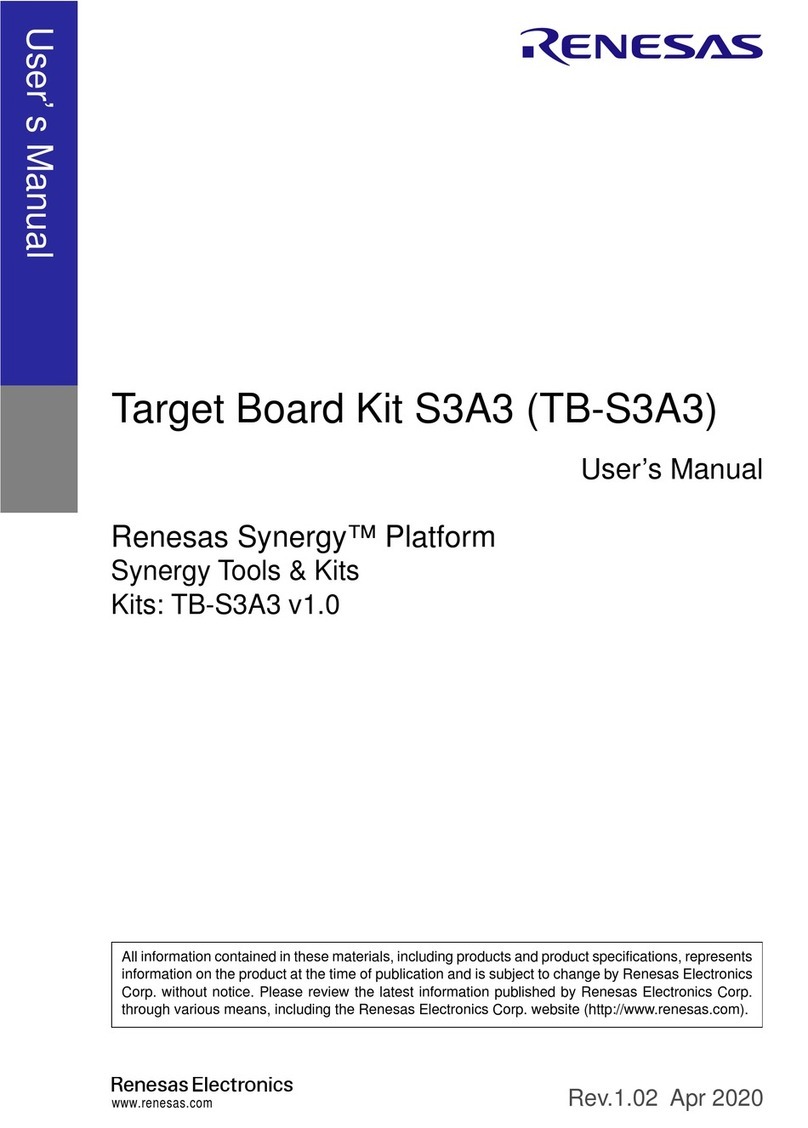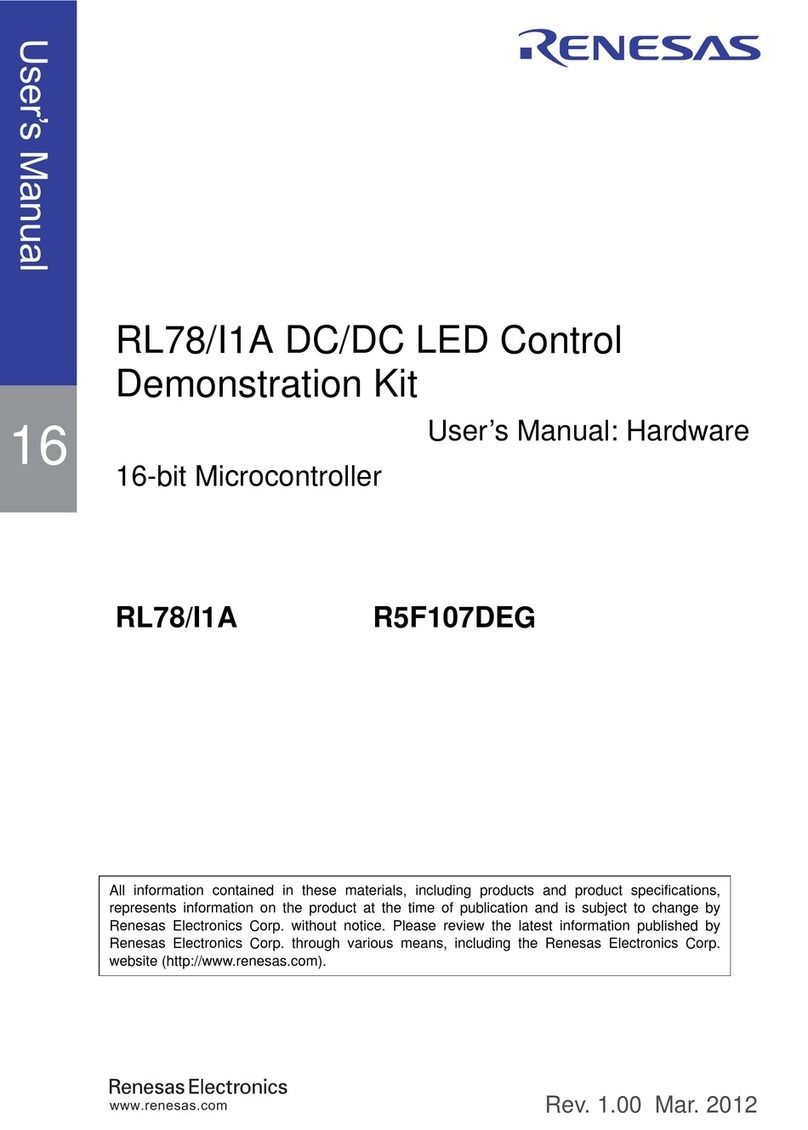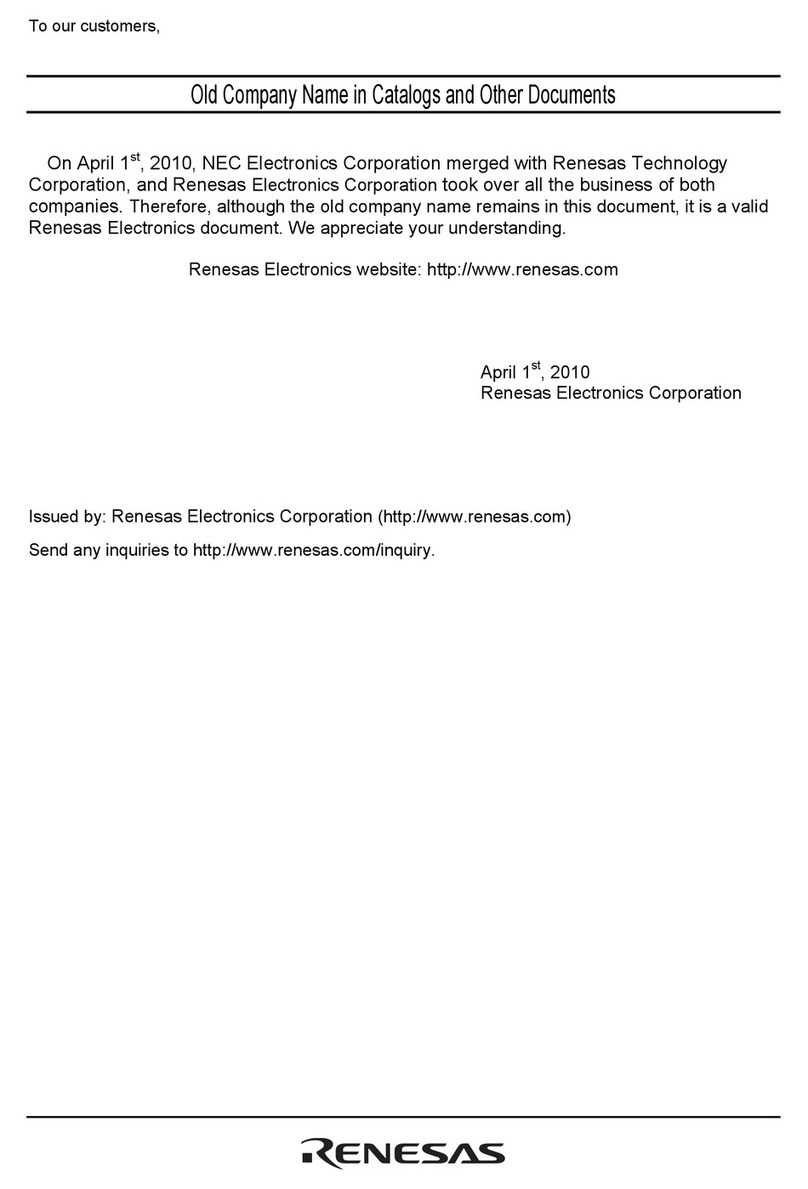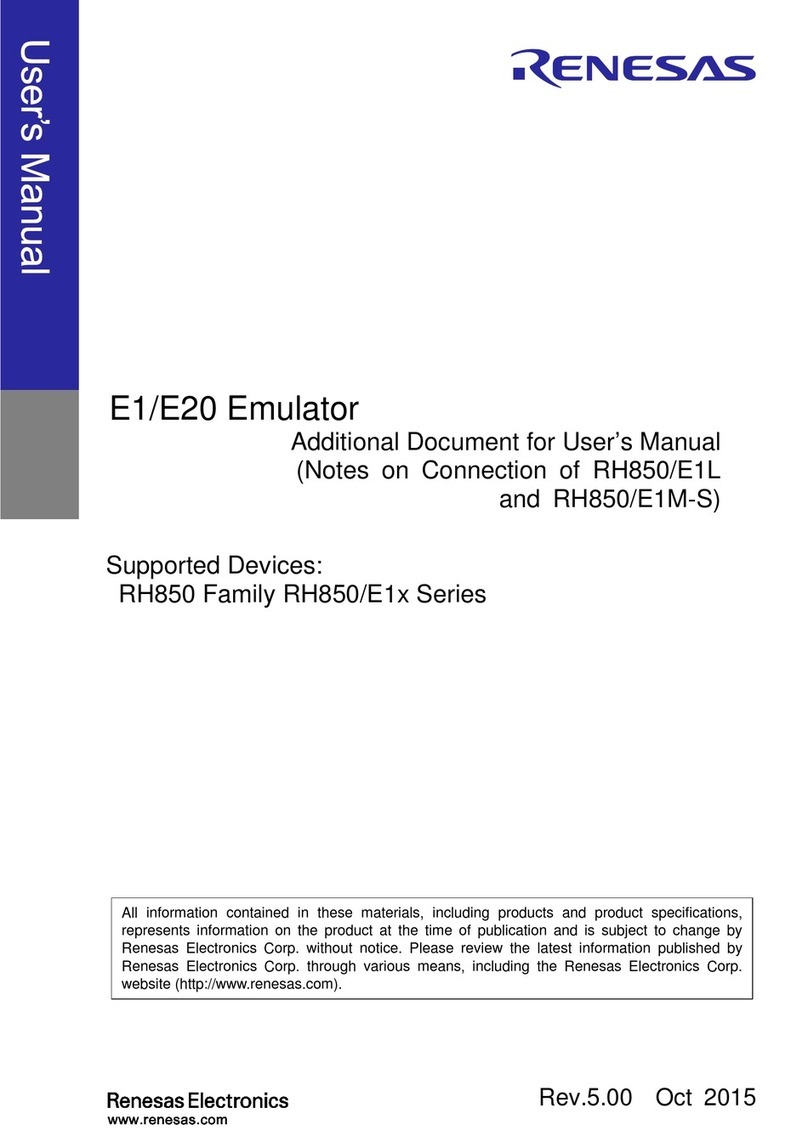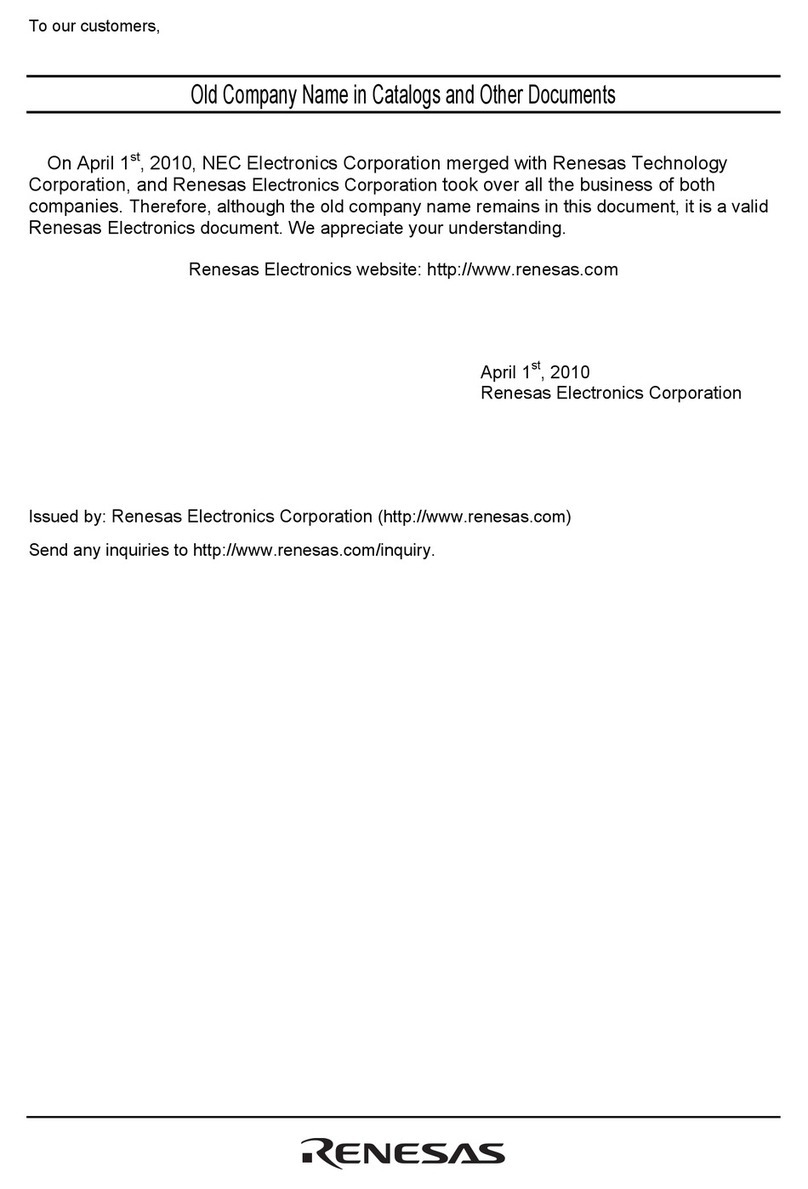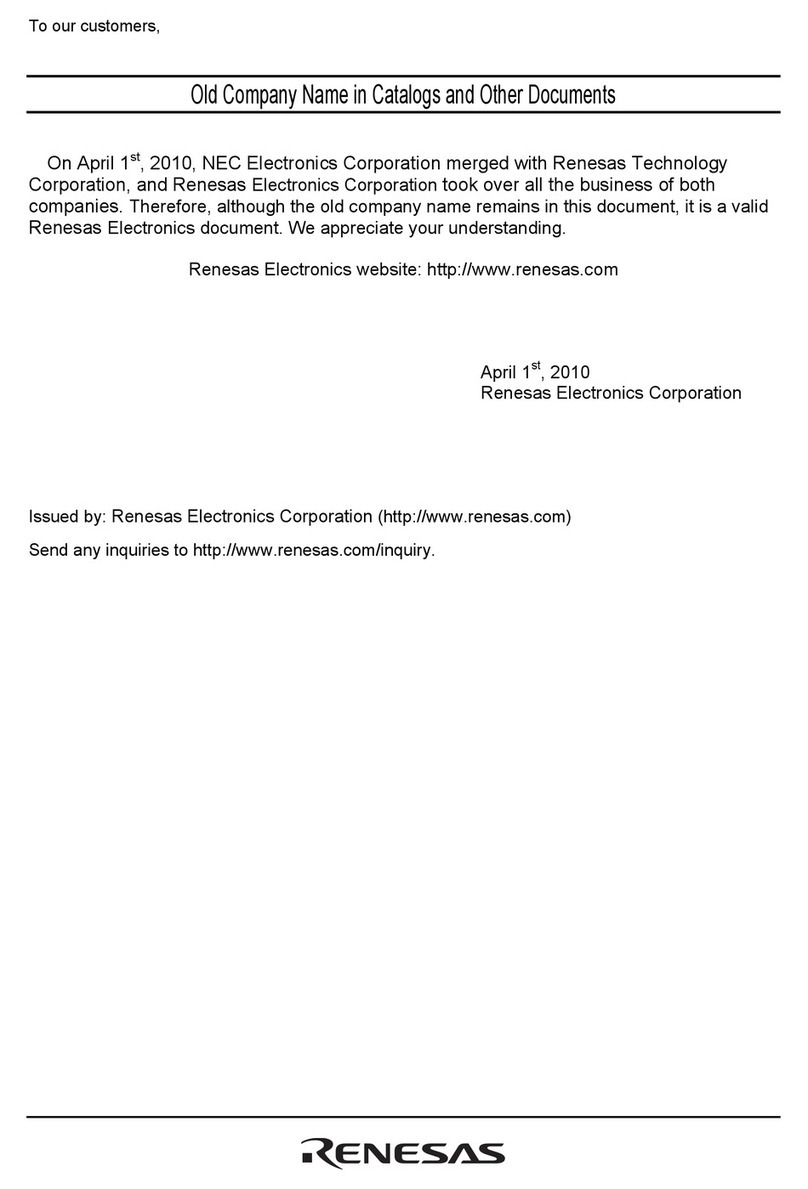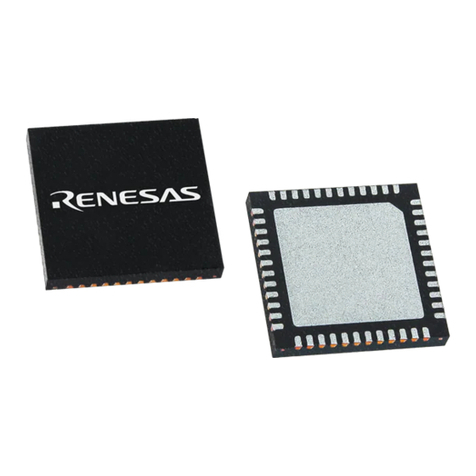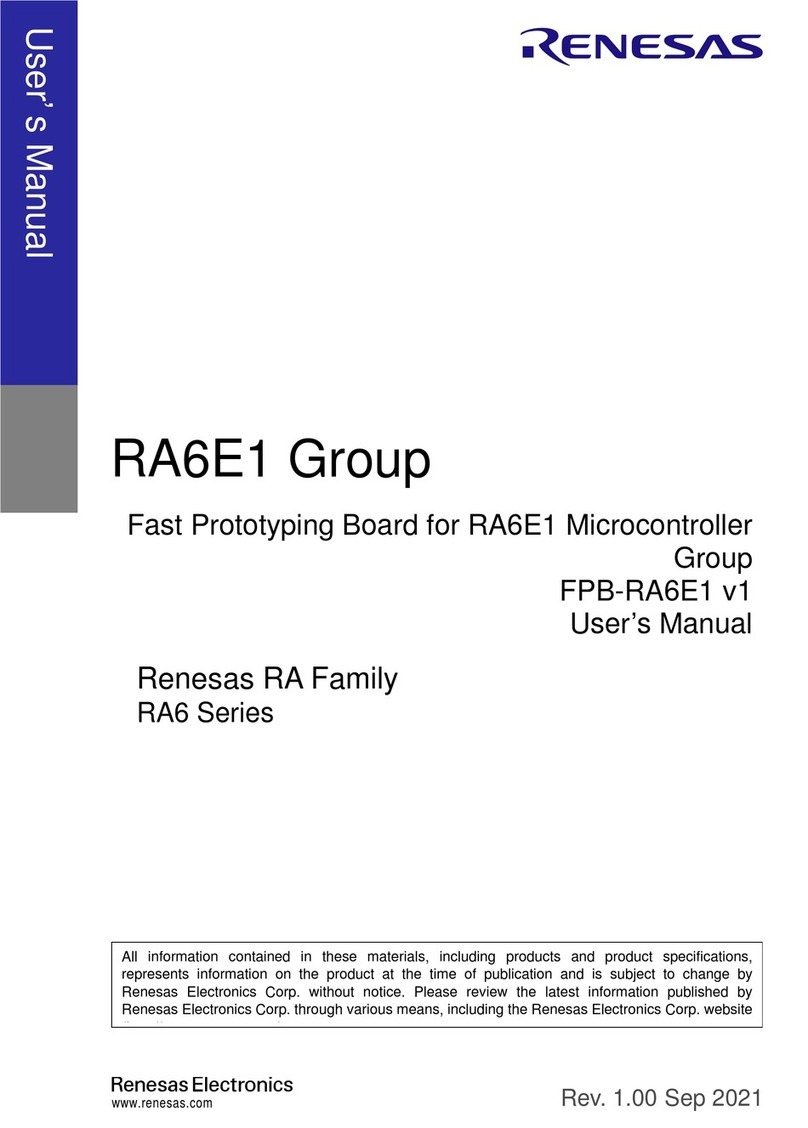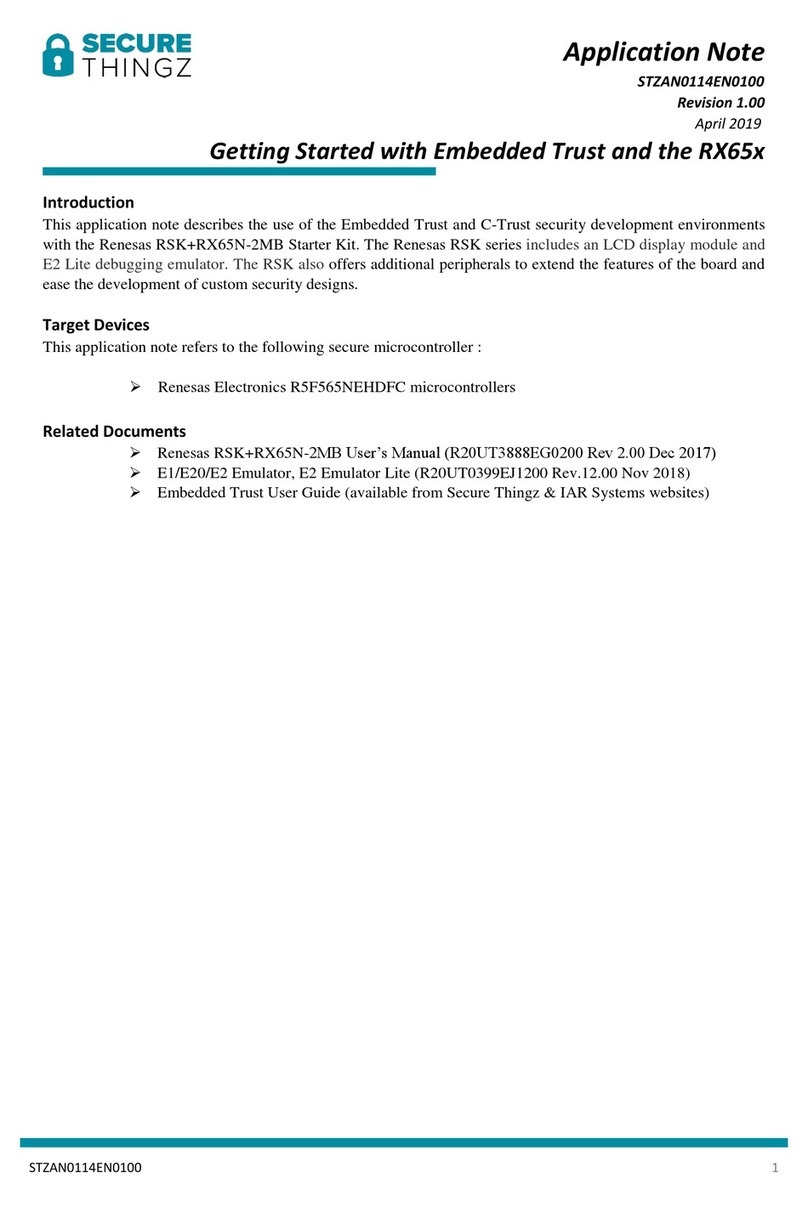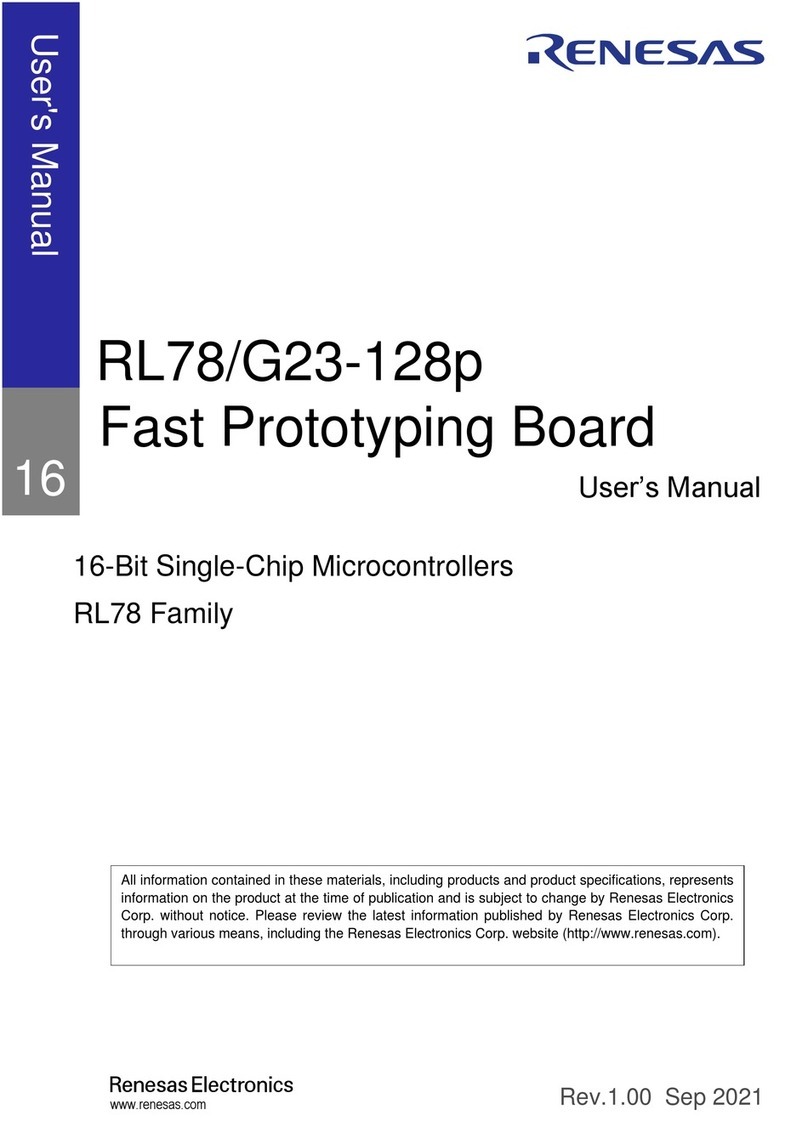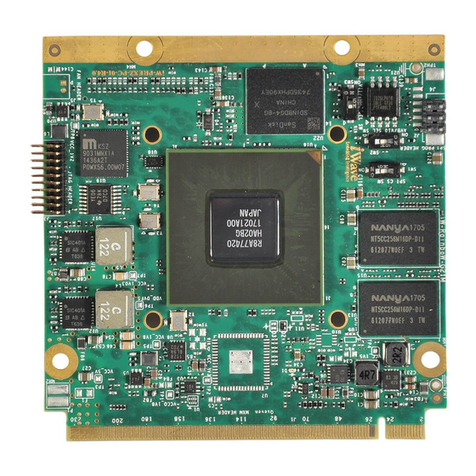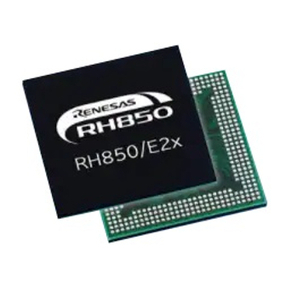
DESCRIPTION
The 7542 Group is the 8-bit microcomputer based on the 740 fam-
ily core technology.
The 7542 Group has serial I/Os, 8-bit timers, 16-bit timers, and an
A/D converter, and is useful for control of home electric appliances
and office automation equipment.
FEATURES
•Basic machine-language instructions ...................................... 71
•
The minimum instruction execution time .............................
0.25 µs
(at 8 MHz oscillation frequency, double-speed mode for the
shortest instruction)
•Memory size
Flash memory version: ROM ..................... 16 to 32K + 4K bytes
RAM ..................................... 1024 bytes
Mask ROM version: ROM............................. 8K to 16K bytes
RAM ............................ 384 to 512 bytes
RSS version RAM ..................................... 1024 bytes
•Programmable I/O ports
29 (25 in 32-pin version and PWQN0036KA-A package version)
•Interrupts ................................................. 18 sources, 16 vectors
•Timers............................................................................. 8-bit ✕2
...................................................................................... 16-bit ✕2
•Output compare............................................................ 4-channel
•Input capture ................................................................ 2-channel
•Serial I/O...................... 8-bit ✕2 (UART or Clock-synchronized)
•A/D converter ............................................... 10-bit ✕8 channels
..... (6 channels in 32-pin version and PWQN0036KA-A package
version)
•Clock generating circuit............................................. Built-in type
(low-power dissipation by an on-chip oscillator)
(connected to external ceramic resonator or quartz-crystal
oscillator permitting RC oscillation)
•Watchdog timer ............................................................ 16-bit ✕1
•Power source voltage
X
IN
oscillation frequency at ceramic oscillation, in double-speed mode
At 8 MHz.................................................................... 4.5 to 5.5 V
XIN oscillation frequency at ceramic oscillation, in high-speed mode
At 8 MHz.................................................................... 4.0 to 5.5 V
At 4 MHz.................................................................... 2.4 to 5.5 V
At 2 MHz.................................................................... 2.2 to 5.5 V
XIN oscillation frequency at RC oscillation in high-speed mode or
middle-speed mode
At 4 MHz.................................................................... 4.0 to 5.5 V
At 2 MHz.................................................................... 2.4 to 5.5 V
At 1 MHz.................................................................... 2.2 to 5.5 V
•Power dissipation ................................................ 27.5 mW (Typ.)
•Operating temperature range...................................–20 to 85 °C
(–40 to 85 °C for extended operating temperature version)
(–40 to 125 °C for extended operating temperature 125 °C ver-
sion (Note))
Note: In this version, the operating temperature range and total time are
limited as follows;
55 °C to 85 °C: within total 6000 hours,
85 °C to 125 °C: within total 1000 hours.
APPLICATION
Office automation equipment, factory automation equipment, home
electric appliances, consumer electronics, car, etc.
Rev.3.02 Oct 31, 2006 Page 1 of 134
REJ03B0006-0302
7542 Group
SINGLE-CHIP 8-BIT CMOS MICROCOMPUTER REJ03B0006-0302
Rev.3.02
Oct 31, 2006
